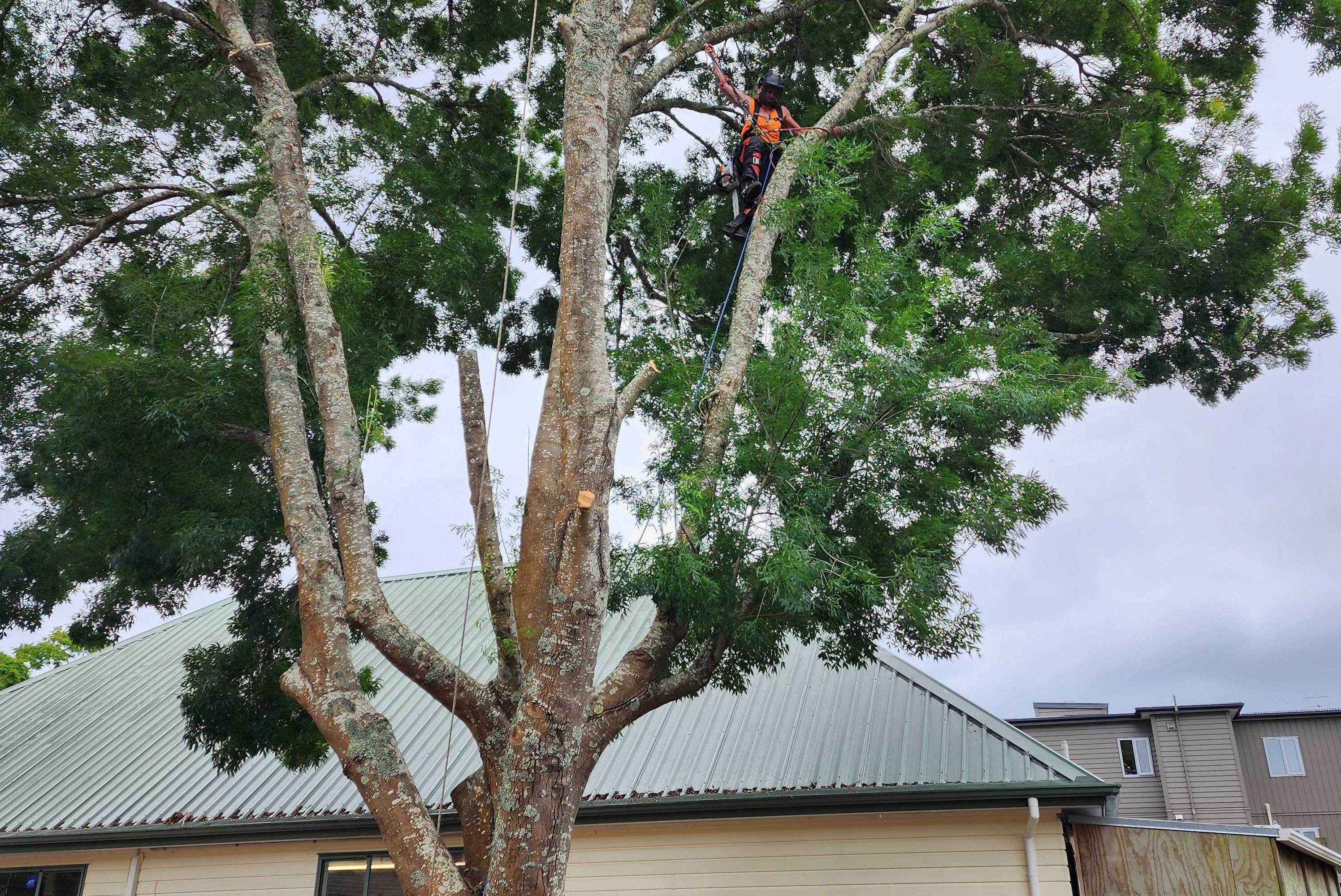TREE CUTTING: PRUNING VS. REMOVAL

“Tree cutting” is a term frequently used by the public, yet it encapsulates a broad spectrum of activities that are far more nuanced than the phrase suggests. To the professional arborist or tree surgeon, these activities are categorised more precisely as tree pruning or tree removal. This article aims to shed light on these differences and discuss the importance of each practice in responsible tree care.
Tree Pruning: A Delicate Art
Tree pruning is a sophisticated form of tree cutting that involves selectively removing parts of a tree, such as branches, buds, or roots. The primary objectives of pruning include improving or maintaining the tree’s health, enhancing its appearance, and reducing the risk of falling branches. Pruning is an essential practice in arboriculture for several reasons:
- Health: Removing diseased, damaged, or dead branches helps prevent the spread of pests and diseases and promotes the tree’s natural growth and healing processes.
- Safety: By eliminating overgrown or weak branches, pruning reduces the risk of branches falling and causing injury or damage to property.
- Aesthetics: Pruning can shape a tree to complement the landscape, enhancing the overall aesthetic appeal of a property.
Tree Removal: A Necessary Last Resort
Tree removal, on the other hand, is the complete extraction of a tree from its location. This procedure is generally considered a last resort and is carried out under circumstances where the tree poses a significant risk to people, property, or when it’s irreversibly diseased or damaged. Tree removal is a complex and potentially hazardous operation that requires meticulous planning, expertise, and specialised equipment.
Use of the term “Tree Cutting”
It goes without saying that any professional arborist or tree surgeon has the skills and expertise to cut a tree into pieces, and anybody with a chainsaw can do this to some degree. As such, professional firms will tend not to use this term when communicating about their services. As a general rule, most contractors who rave above their ability to cut trees are not arborists. Professional arborists will be more focused on explaining the benefits of various pruning techniques or identifying tree features which might justify a removal.
In Summary
The term “tree cutting” might be a common starting point for many when they think about managing their trees, but as we’ve explored, professional arboriculture is a bit more nuanced. It’s about understanding the delicate balance between tree health, aesthetics, and safety, not merely cutting trees into pieces. Professional arborists and tree surgeons, armed with expertise and a deep respect for nature, focus on the sophisticated techniques of pruning and careful considerations for removal, rather than the simplistic act of cutting. This approach ensures the longevity and health of our urban forests and the safety of our communities. If your trees require skilled care that goes beyond the basics, reaching out to professionals who appreciate the art and science of arboriculture is your next step. Connect with us to ensure your trees are nurtured, managed, and maintained with the highest standards of professional tree care.
